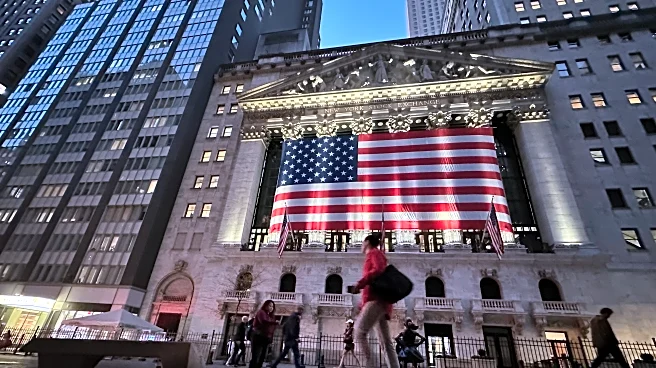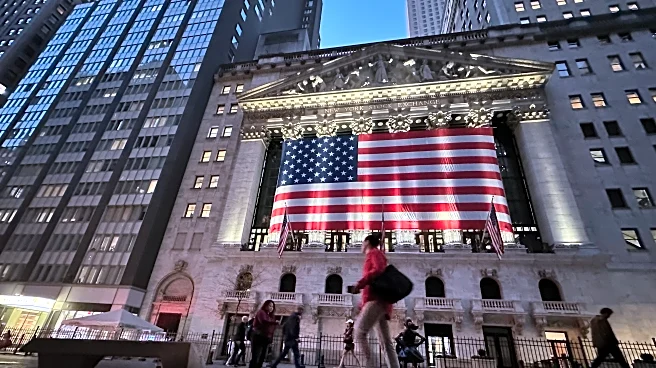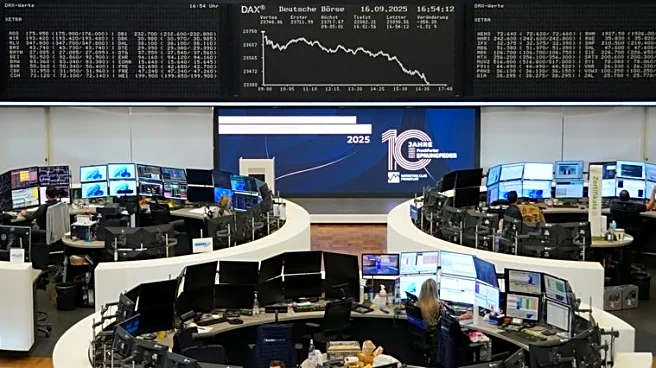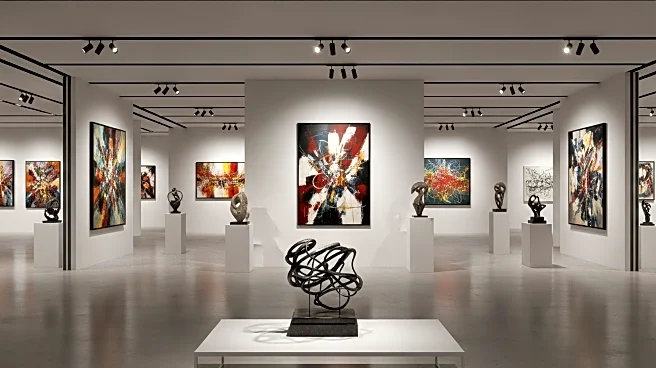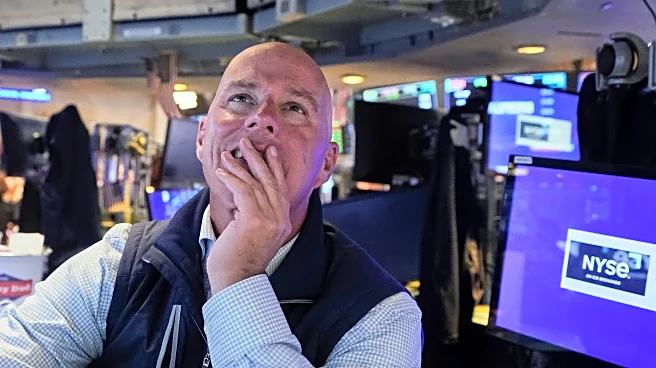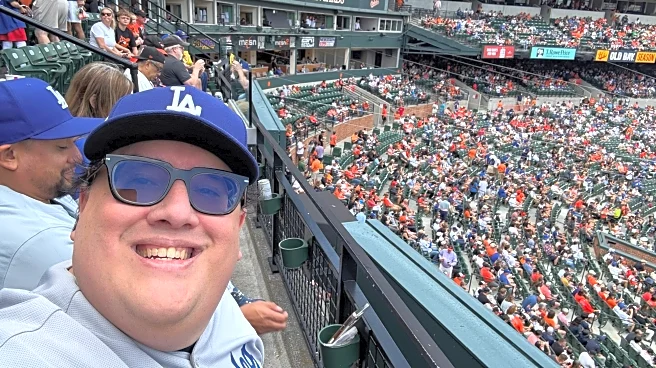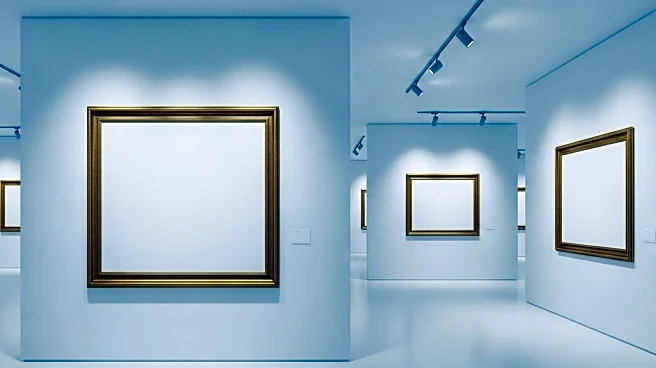What's Happening?
The art market is experiencing significant challenges as it enters the fall season, with concerns about its sustainability amid global economic pressures. Tim Blum, a leading gallerist, recently closed his Los Angeles and Tokyo spaces, citing the current model as 'unsustainable.' Additionally, the Art Dealers Association of America (ADAA) has canceled its upcoming New York fair due to evolving cultural and market landscapes. These developments occur against a backdrop of macroeconomic events such as wars in Europe and the Middle East, a Chinese property crash, trade wars, and persistent inflation. The art market's situation is reminiscent of the early 1990s recession, which took 14 years for art sales to recover. Despite these challenges, some businesses are adapting by implementing new strategies, such as Phillips auction house's revised fee structure to incentivize buyers and sellers.
Why It's Important?
The current state of the art market is significant as it reflects broader economic trends and challenges. The art market's struggles highlight the impact of global economic instability on luxury goods and cultural sectors. With only 5% of countries heading towards a recession, according to the International Monetary Fund, the art market's difficulties underscore the vulnerability of niche markets to broader economic shifts. The resilience of businesses and governments in managing economic shocks is crucial, as it allows consumers to continue spending despite negative news. The art market's adaptation strategies, such as Phillips' new fee structure, demonstrate efforts to maintain stability and encourage participation in uncertain times.
What's Next?
The art market may continue to explore innovative approaches to sustain itself amid economic challenges. Galleries are adopting collaborative models, such as Goodman Gallery's revamped website, which offers a 'buy now' option and features work from other galleries. This approach mirrors strategies in other industries, like fashion, to enhance resilience. The art market's future will depend on its ability to navigate geopolitical shocks and high interest rates, which could impact debt servicing costs. The evolving tastes and ownership models within the art market may also influence its trajectory, with potential shifts in consumer preferences affecting demand.
Beyond the Headlines
The art market's current challenges may lead to deeper shifts in how art is valued and consumed. The questioning of ownership models and changes in taste could redefine the essence of art collection and investment. As the market adapts to economic pressures, ethical considerations around art ownership and cultural representation may become more prominent. The art market's response to these challenges could set precedents for other luxury and cultural sectors facing similar pressures.

